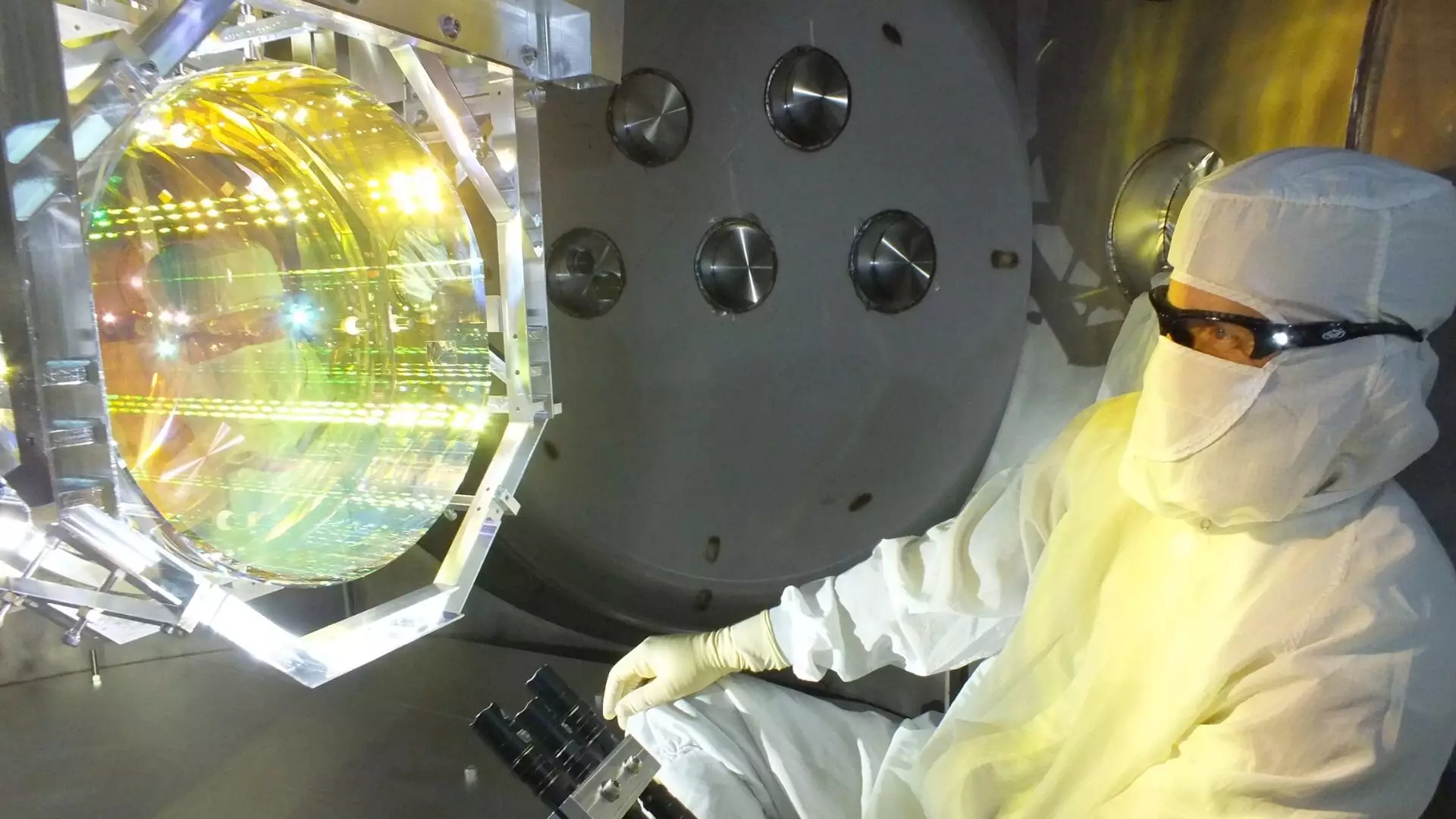The search for an understanding of dark matter has been one of the most compelling pursuits in modern astrophysics, transcending the boundaries of traditional physics. A recent study published in *Physical Review Letters* (PRL) proposes a groundbreaking method to search for a specific type of dark matter known as scalar field dark matter, utilizing the advanced capabilities of gravitational wave detectors such as LIGO (Laser Interferometer Gravitational-Wave Observatory). This innovative approach not only enhances our understanding of dark matter but also enriches the intersection between particle physics and gravitational wave astronomy.
Dark matter is a mysterious and heavily speculated component of our universe, estimated to constitute approximately 30% of all observable matter. Its elusive nature comes from the fact that it neither emits nor scatters light, making it invisible to conventional telescopes. Its existence is inferred primarily through its gravitational influence on visible matter; galaxies and clusters of galaxies behave in ways that cannot be explained without considering dark matter’s gravitational effects. Despite decades of investigation, the fundamental nature of dark matter remains one of the biggest unsolved enigmas in cosmology, generating interest and research across various scientific fields.
The new study led by Dr. Alexandre Sébastien Göttel from Cardiff University reflects a key transition in the scientific landscape, where gravitational wave astronomy intersects with particle physics. Dr. Göttel’s shift from researching solar neutrinos to gravitational wave data analysis exemplifies the interdisciplinary approach required to tackle complex cosmological challenges. He stated, “The opportunity to search for dark matter with LIGO seemed like the ideal way to apply my expertise in both areas while learning more about interferometry.” This melding of disciplines is vital as it allows scientists to leverage advanced technology in one area (gravitational wave detection) to shed light on phenomena in another (dark matter).
Scalar field dark matter, characterized as ultralight scalar boson particles, possesses unique properties that distinguish it from more traditionally conceived forms of matter. With no intrinsic spin, these particles exhibit wave-like behavior, allowing them to form stable structures in the cosmic fabric. This is crucial for the proposed experiments, as these wave-like formations could lead to observable effects within the sensitive instruments used in gravitational wave detection. Dr. Göttel elucidates, “Some theories suggest dark matter behaves more like a wave than a particle. These waves would cause tiny oscillations in normal matter, which can be detected by gravitational wave detectors.”
LIGO is specifically designed to measure the minute distortions in spacetime caused by gravitational waves. Its intricate setup comprises two perpendicular 4-kilometer arms, where laser beams are split and sent down each arm. As a gravitational wave passes, it alters the relative lengths of these arms, resulting in measurable changes in interference patterns. The current research leveraged LIGO’s data from its third observational run, extending the search for scalar field dark matter across a wider frequency spectrum (10 to 180 Hertz) than previously analyzed.
The research team employed sophisticated techniques to simulate how scalar field dark matter would interact with the components of LIGO, such as mirrors and beam splitters. They developed a theoretical model, which was then subjected to logarithmic spectral analysis. This method aided in identifying potential signals consistent with the hypothesized behaviors of scalar field dark matter. Notably, while the team could not confirm the presence of scalar field dark matter, they established new upper limits for its interaction strength, effectively narrowing down the parameters under which this elusive matter might be detected.
The results of Dr. Göttel’s research indicate a significant leap in our understanding of the interaction between dark matter and fundamental particles. By improving the coupling strength threshold by a factor of 10,000 compared to previous studies, this work sets the stage for future endeavors in direct detection methods. Dr. Göttel concluded, “We are the first to account for additional differential effects in the test masses, which are significant at low frequencies.” Such advancements in predictive modeling and analysis techniques may soon enable gravitational wave detectors to outright dismiss certain categories of scalar field dark matter theories.
The ambitious experiment to detect scalar field dark matter using LIGO represents an exciting chapter in the pursuit of understanding dark matter’s true nature. As technology continues to evolve, and interdisciplinary cooperation flourishes, the boundary separating the known from the unknown in cosmology may soon diminish, leading to revolutionary discoveries in our understanding of the universe.



Leave a Reply